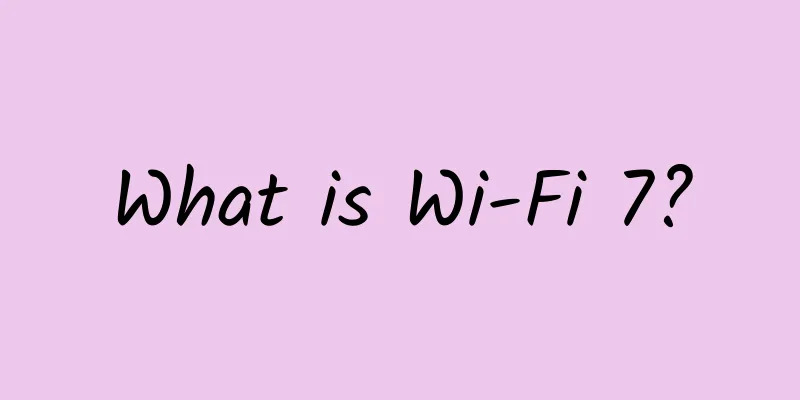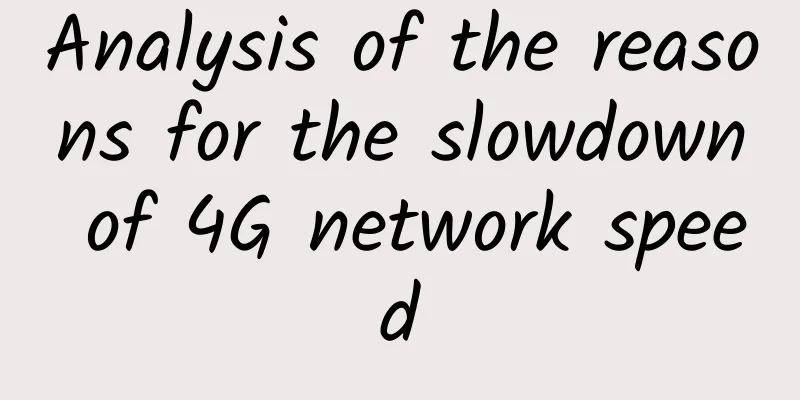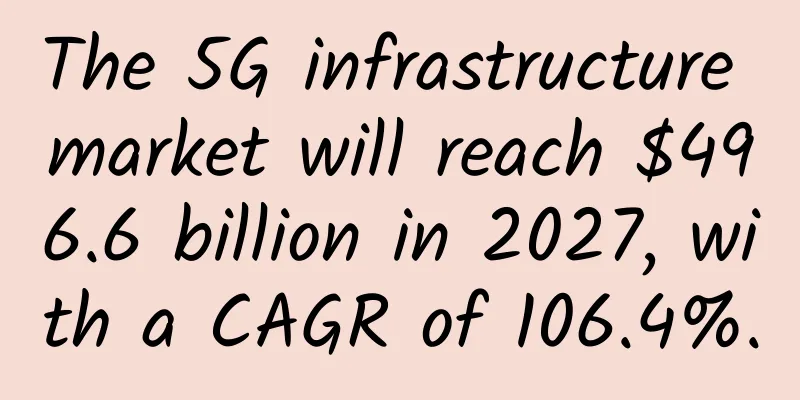What is Wi-Fi 7?

|
The Wireless Broadband Alliance (WBA) announced in November 2020 that Wi-Fi 6 is ready for a global rollout after five successful trial deployments. In these tests, Wi-Fi 6 delivered nearly three times the multi-gigabit speeds of its predecessor, Wi-Fi 5, with up to 9.6Gb/sec versus 3.5Gb/sec. Wi-Fi 6 was also found to be more reliable, with lower latency and improved network efficiency. This year, Wi-Fi 6 chipsets are expected to reach 1.5 billion, and the technology is also widely adopted by major smartphone brands such as Samsung, Huawei and Apple. As homes and businesses begin to adopt Wi-Fi 6 and Wi-Fi 6E, we decided to take a look at what the wireless industry has in store for the next generation of wireless technology. Wi-Fi 6 and Wi-Fi 7Wi-Fi 7, also known as IEEE 802.11be, is the next generation of wireless technology standard; it is an extremely high throughput wireless network that uses the 2.4Ghz, 5Ghz, and 6Ghz frequency bands. It is designed to reduce latency, increase speeds for all devices, and support large numbers of users. Wi-Fi 7 will finally deliver faster speeds to more devices, for longer. It will operate on three frequency bands, up from just two in Wi-Fi 6, and support transfer rates of up to 30Gb/sec, a huge leap from the current target bit rate of 9.6Gb/sec for Wi-Fi 6E. Proposed features for Wi-Fi 7 include the ability to support 320MHz transmissions, double what Wi-Fi 6 supports. This will improve speeds and throughput for many devices, and users should also find less interference between gadgets, which is important when multiple nearby devices are trying to connect to the same network. The technology also hopes to take on latency and will ensure that more data requests can be made without delay. One technology it is looking to develop is multi-link operation (MLO), which allows devices to maintain a large number of online connections across different frequency bands at the same time. Wi-Fi 7 also increases the number of spatial streams from 8 to 16, doubling the theoretical transfer rate. With more data streams, it can also support distributed multiple-input multiple-output (MIMO) technology, which helps provide a high-quality indoor 5G experience. 16 data streams can be transmitted simultaneously by different access points, so multiple access points can coordinate with each other. Currently, there is not much access point coordination. However, according to Huawei, this feature is designed to optimize channel selection and adjust the load between access points to achieve efficient use and balanced distribution of wireless resources. Wi-Fi 7 itself won’t change your broadband speeds, though, so the fullest benefits will be on hold until your internet service provider (ISP) offers a better plan. There’s also not much demand in homes across the country for the top speeds that Wi-Fi 7 is likely to offer. You’re likely to notice a difference with Wi-Fi 7 in the workplace or while traveling, as offices are more likely to need faster speeds for business purposes, like streaming and processing large amounts of data. What are the key use cases for Wi-Fi 7?Thanks to its massive speed increase and lower latency, there are a lot of use cases for Wi-Fi 7 and Wi-Fi 7 routers. Streaming will get a big boost, with 8K content likely to gain more traction, as will fast and seamless 4K video conferencing. Online gaming will also see less latency, while greater bandwidth will facilitate advances in cloud gaming. Wi-Fi 7 will also benefit from integration with cloud and edge computing networks, industrial Internet of Things (IoT) systems, immersive augmented reality (AR) and virtual reality (VR), and real-time collaboration. When is the release date for Wi-Fi 7?The IEEE is expected to release the 802.11ebe amendment in 2024, at which point we may see commercial deployments. After that, the Wi-Fi Alliance should release its Wi-Fi 7 certification program to outline security standards and ensure interoperability. Meanwhile, semiconductor company MediaTek claims that Wi-Fi 7 hardware is expected to be available as early as 2023. Does Wi-Fi 7 mean the end of Wi-Fi 6?Wi-Fi 6 is still being rolled out, so it won’t be abandoned anytime soon, just as Wi-Fi 5 devices will remain common for months and years to come. Wi-Fi 7 is still in the early stages of development, and many of its purported innovations still need refinement. While there’s no clear-cut description of what we can expect from Wi-Fi 7, we more or less know what researchers are aiming to develop. As for Wi-Fi 6, it will likely be around for a while. Internet speeds will need to be pretty fast to accommodate the new technology, and since Wi-Fi 6 is ahead in development and implementation, it has a clear advantage. |
>>: F5: User-oriented, solving the complexity of multi-cloud environment
Recommend
The first interpretation in China: the potential game-changer behind IIoT
If the Industrial Internet is to be implemented, ...
Ericsson and Swisscom sign standalone 5G network agreement
Ericsson and Swisscom have signed an expanded 5G ...
Unleashing the Potential of Connections 2018 Huawei Network Innovation Technology Forum Launched in Beijing
[51CTO.com original article] In recent years, in ...
5G and satellite, what is the relationship?
[[353771]] This article is reprinted from the WeC...
5G messaging has started commercial trials. Can it change the current instant messaging landscape? Will it replace WeChat?
Since the release of the "5G Message White P...
ZJI: Hong Kong Alibaba Cloud dedicated server monthly discount of 270-400 yuan, E5 server monthly payment starts at 480 yuan
ZJI was founded in 2011 as Weixiang Host, a well-...
What does the expansion of 4G mean for big data?
As the market share of smartphones continues to g...
The data of tens of millions of JD.com users are suspected to have been leaked. Human greed has given rise to the "data black industry".
[[188856]] Recently, a heavy "bomb" app...
NTT and Cisco jointly attended the 2021 China CIO Alliance Annual Summit Forum
[[435879]] The China CIO Alliance (CCA) was held ...
AT&T uses Frontier's fiber for enterprise sales and 5G
[[427531]] DALLAS – AT&T* will partner with F...
With high charges and slow speeds, how can operators attract consumers to upgrade to 5G?
5G has been commercially available for a year, an...
AI World: Eight AI trends to watch in 2018
Computationally speaking, the big data analytics ...
How fiber optic networks can create more efficient and secure connections
We live in a technologically advanced age where h...
5G commercialization promotes the scale development of industrial Internet
The Industrial Internet is a network that connect...









